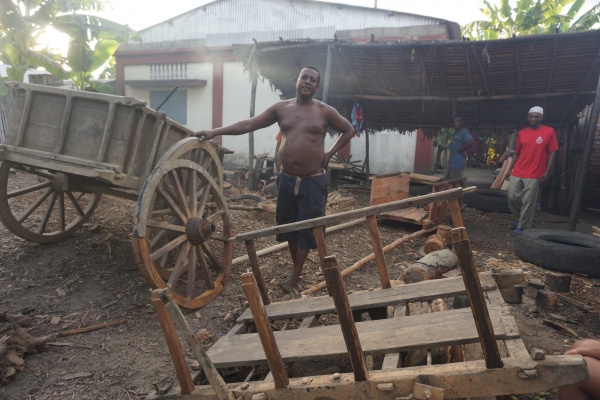Difference between revisions of "Zebu cart"
CampMaster (talk | contribs) |
CampMaster (talk | contribs) |
||
| Line 74: | Line 74: | ||
|} | |} | ||
| − | It is the countless Malagasy farmers who deserve | + | It is the countless Malagasy farmers who deserve full recognition for not polluting the air by sticking to their traditional eco-friendly mode of transportation. |
== Additional information == | == Additional information == | ||
Revision as of 04:30, 21 August 2024
It's sunrise in Sambirano and a beautiful view from the bridge in Ambanja is unfolding. The valley towards the southeast and the island of Nosy Komba in the distance to the northwest. A small traffic jam is forming on the narrow bridge, mostly made up of zebu carts rather than cars.
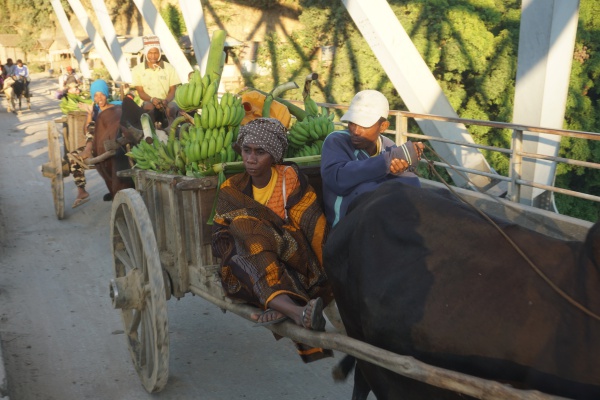
| ||
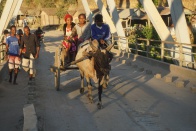
|
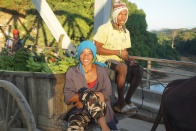
|
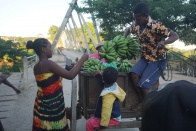
|

|
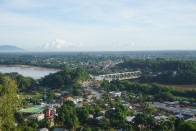
|

|
These ox-powered carts are filled with crops brought in from the countryside by farmers who have been on the move since before dawn. They are heading into town to sell their goods at the bustling fruits and vegetables markets.
Zebu carts, known as Charrettes à zébu or Sarety in Malagasy, are common sights in and around Ambanja and across the country. These charrettes remain as practical and relevant among farmers today as they have since ancient times.
Dozens of workshops produce charrettes in Ambanja. One of them is led by Mr Theodore, who, along with his team of six skilled carpenters, manually assembles around 50 charrettes per year without electrical power tools.
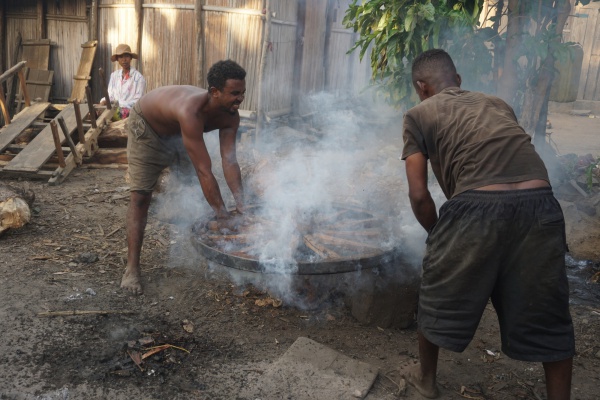
| ||
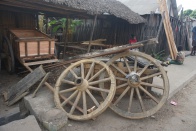
|
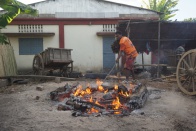
|
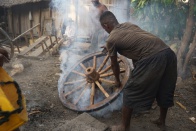
|

|
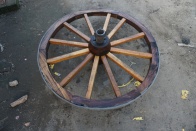
|
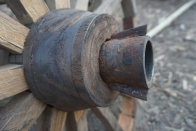
|
The design and model are always the same: A simple two-wheeler that easily attaches to one or more zebus. A charrette takes about one week to build and costs 1,800,000 Ariary (USD 400).
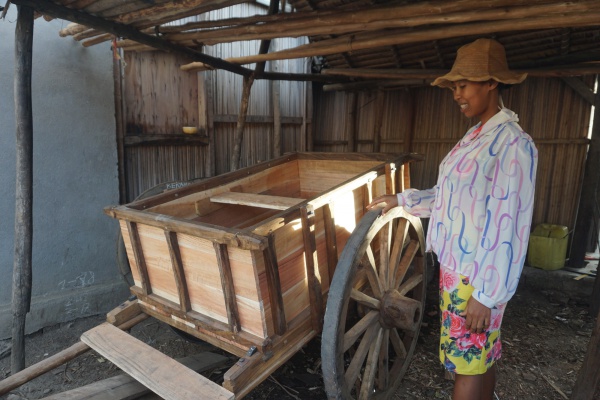
| ||
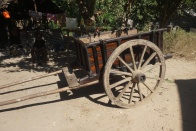
|
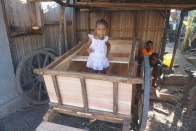
|
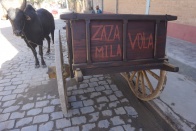
|
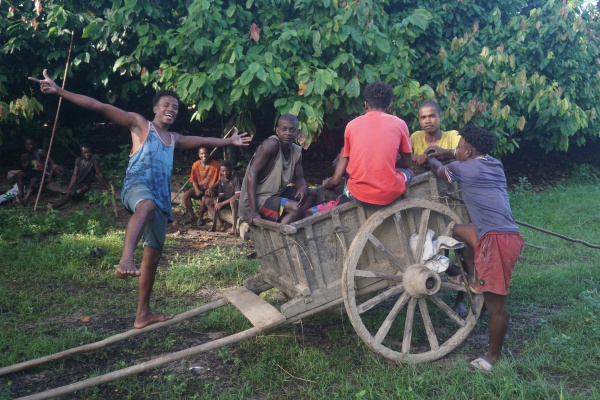
| ||
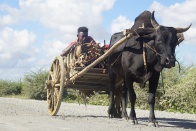
|
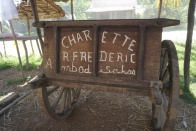
|
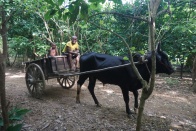
|
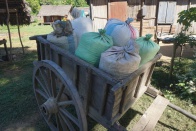
|

|
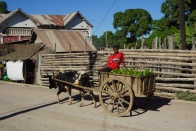
|
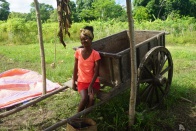
|
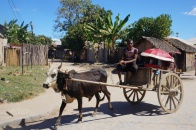
|
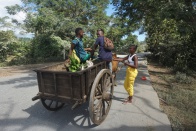
|

| ||
It is the countless Malagasy farmers who deserve full recognition for not polluting the air by sticking to their traditional eco-friendly mode of transportation.
Additional information
View more Zebu cart photos

